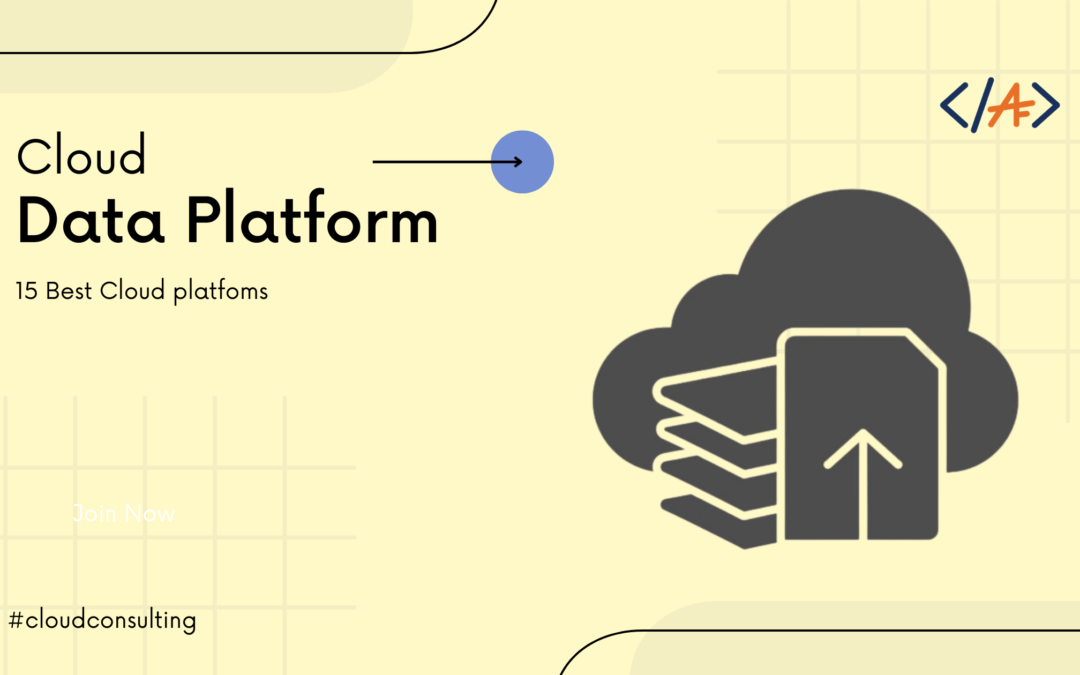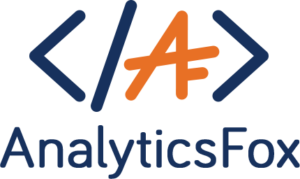What is a cloud data platform?
A cloud data platform facilitates the migration of an organization’s data ecosystem and enterprise data to the cloud and away from traditional on-premises data centers or warehouses. For some organizations, a cloud data platform can take the form of multi-cloud environments.
Migration of an organization’s data ecosystem & enterprise data to the cloud, which is facilitated by a cloud data platform. The data is migrated away from the organization or migrated from on-premises data centers to the cloud. The data platforms can act as a multi-cloud environment too.

Benefits of a cloud data platform include its ability to:
- Data ingest and analytics are powered by fast structured and unstructured data.
- As data and analytics needs evolve, you can scale quickly and easily.
- Ensure the creation of a data lake to democratize data and share it with onsite and remote users at any time and anywhere. Develop meaningful insights from this data-rich information.
- Reduce IT budget hogging licenses and maintenance costs by simplifying IT operating environments.
- It is less costly and more flexible than an on-premises data center because it is a running expense (OPEX) instead of a capital expense (CAPEX).
- Reexamine business data processes and privacy methodologies.
- Reduce downtime caused by maintenance, damage, or theft to a minimum.
How to enhance scalability with cloud platform? Read Here!
How does a cloud data platform make data more valuable?
Data & AI are the real assets, to outwork competitors. But to get a competitive advantage, only having the data, AI is of no use, if you are not able to drive meaningful insights from it, take decisions, implement, collect data, learn, and head forward.
Businesses can source, structure, and analyze the data that matters with a cloud data platform in 75% less time and 50% less cost than traditional methods, enabling them to deliver enterprise-wide intelligence in half the time and half the cost.

How it enhances business insights?
Increase scope & applicability: By integrating structured & unstructured data and making data models that can be shared across departments in organizations.
Simplified ecosystem: It renders all structured and unstructured data into a simplified ecosystem with unified accessibility and governance, enabling analytics to be performed more quickly and cost-effectively.
Economies of scale are achieved by allowing internal teams to collaborate and collaborate. Users can parse data, manage its use, and experiment with a full spectrum of analytics use-cases by using role-based permissions for data scientists, business users, data stewards, developers, and administrators.
The advantages of a single platform can accelerate efficiencies in performing technical due diligence, promoting user adoption and collaboration, and managing infrastructure.
There are several sophisticated and highly scalable big data platforms available, many of which are cloud-based, to handle the persistent influx of data from numerous sources,
These platforms are increasingly used by companies to collect loads of data and turn it into actionable business insights.
The following are 15 different types of cloud data platforms that can be used,
- Google Cloud
- Microsoft Azure
- Amazon Web Services
- Snowflake
- Cloudera
- Sumo Logic
- Sisence
- Tableau
- Collibra
- IBM Cloud
- Qualtrics Experience Management
- Teradata
- Oracle
- Alibaba Cloud
- MongoDB
Cloud Maturity Model & how typically assists enterprises in multiple ways. Read Here!


